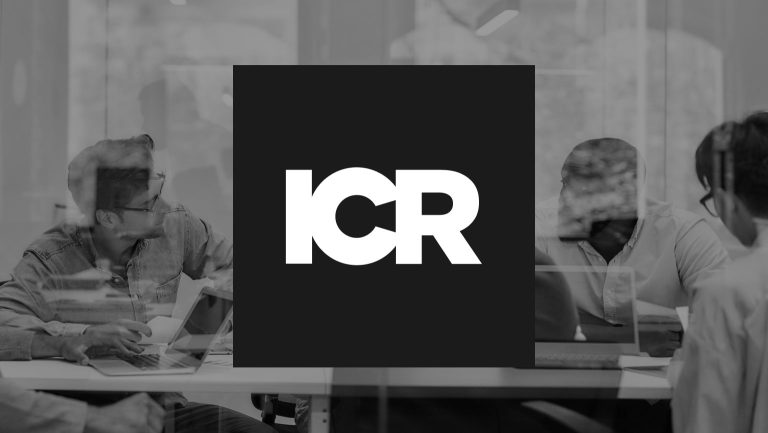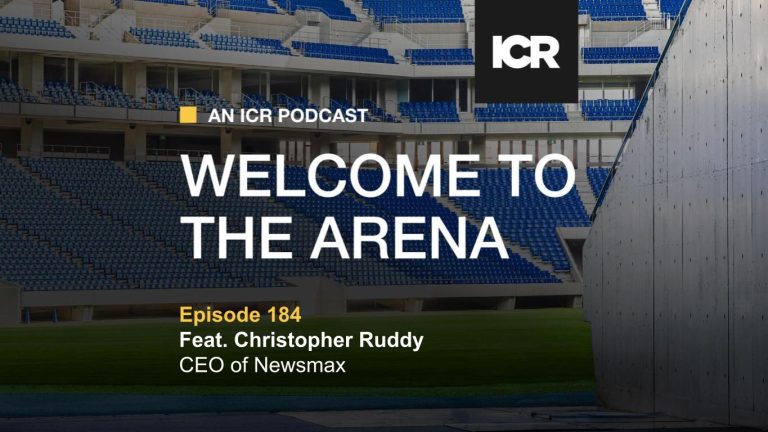Influencer campaigns can be powerful, but it’s challenging to break through the clutter. The ever-changing market keeps brands on their toes, forcing them to evolve their strategies frequently. Most consumer-facing brands have tried to adopt this method of marketing, with varying degrees of effectiveness.
Take Nordstrom for example — the Seattle-based department store has completely turned influencer marketing on its head. It not only uses micro- and macro-influencers to promote annual sales and promotions, but it has also turned those influencer brands into something tangible that consumers can purchase in-store and online. Their most successful partnership to date is not with a widely known celebrity like Beyoncé or Rihanna, but with fashion blogger Arielle Charnas of Something Navy, whose collection drove an estimated $5 million in sales in a single day.
Other brands known for leading the way in influencer partnerships include Revolve, an LA-based clothing company, Target, and American Express. These companies’ partnerships continue to drive sales and affinity for their brands and product launches.
Despite these brands’ successes, executing an effective influencer campaign is complex and can be challenging. Below are a few important tips for driving engagement and affinity for your brand through influencer campaigns.
Set Clear KPIs and Program Objectives
Like with any campaign, it’s important to understand your business objectives and if there are specific KPIs you’re trying to achieve. Not surprisingly, driving sales is usually the top objective. However, outside of that, you might want to drive engagement, increase the number of followers on your social channels, or direct people to your website. With a solid understanding of these expectations, you can better ensure the campaign is successful and results in a strong ROI.
Identify the Right Partners
Before selecting influencer partners, conduct a full audit of your social media channels to gauge which influencers your existing brand loyalists are following, how they’re engaging with them, and on which platforms. Determine if there are commonalities between the influencers they’re following (e.g., influencer types like moms or millennials, etc.). Based on these findings, you should be able to glean insights into the people should be reaching and, from there, identify specific influencers that fall into that category.
Once you identify and select those influencers, it’s important to not approach them from a pay-for-play perspective, but rather as a mutually beneficial opportunity that would bring value to both you and the influencer’s brand. Set up a call or one-on-one meeting with the influencer to discuss the campaign goals and objectives, understand what value they bring, and how they would reach those KPIs. They know their audience best and know what works and doesn’t work. Based on the discussion, you can then work with the influencer to develop a custom program that ensures that you’re effectively marketing the product/program to their audience and, ultimately, reaching your desired KPIs.
Tell an Authentic Story
Hone in on the story you want to tell and make sure it feels authentic. Consumers don’t want to be told what to do or buy, so it is key to position the product in a way that resonates with the audience. Work with influencers to craft content that will drive strong engagement and product purchase.
Create Long-Term Partnerships
Partner with influencers for longer-term engagements, rather than one-off posts. Contract the influencers to post every few months to keep an ongoing dialogue about your brand and/or products. That keeps the brand top of mind for their followers and also shows the commitment the influencer has made to a specific brand.
If budget allows, consider creating a brand ambassador program, having influencers sign on for multiple projects over the course of a year or longer. Many times, these ambassadors attend brand events and continuously post on their channels about exciting things going on with your brand, ultimately allowing the influencers to feel like they’re part of something bigger. We’re seeing more and more brands create these ambassador programs each year and have great success with them.
Develop a Post-Campaign Strategy
Following the influencer campaign, it’s important to develop a post-campaign strategy to guide how your brand will engage with the new fans and followers you’ve acquired. Perhaps it’s a post dedicated to them, giving them a taste of your products/services and providing them with a coupon code for first-time purchasers. This will help boost sales and work toward creating future brand loyalists.
Influencer campaigns can be an effective tool to boost your brand’s following and sales, but only if they’re done the right way. Rather than jumping right into it, take your time to follow these steps and create truly beneficial partnerships. If you would like more guidance in developing influencer campaigns or other PR strategies, get in touch.



